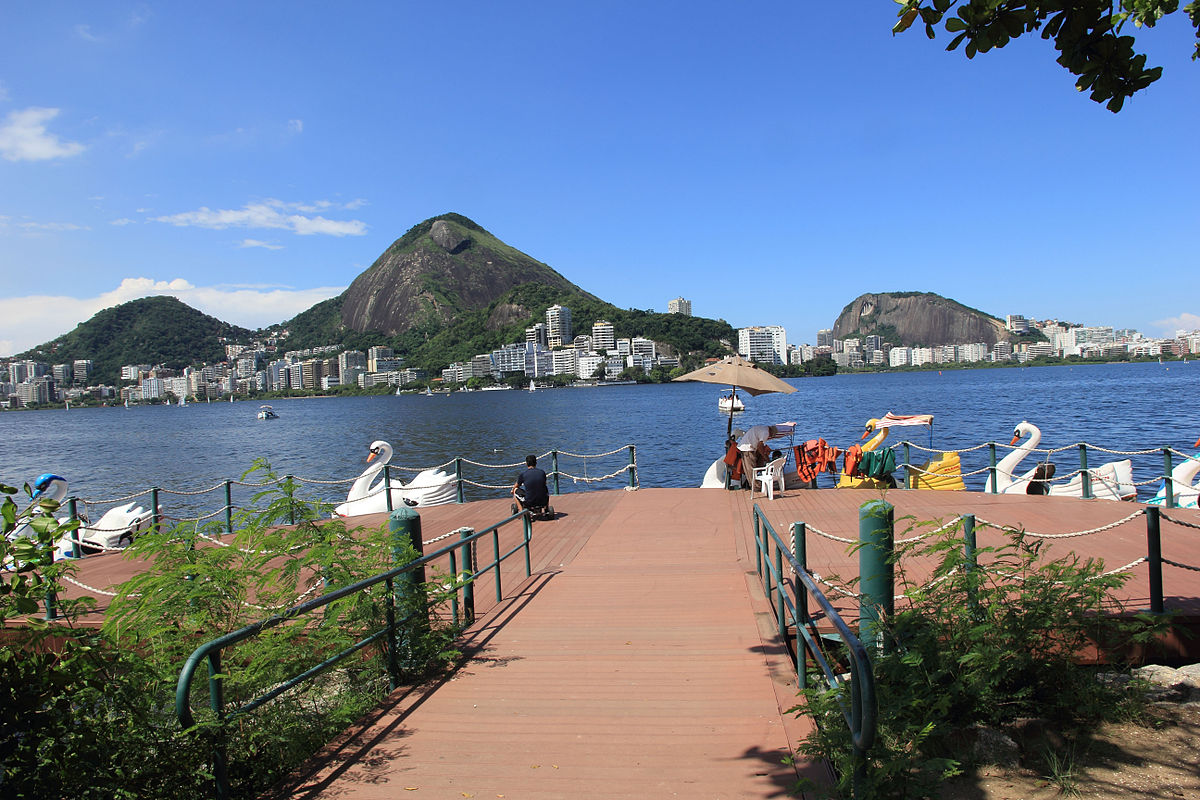RIO DE JANEIRO, BRAZIL – A new sponsor for Rio de Janeiro’s iconic Lagoa has been found. The auction to support the Mangroves of the Lagoon Project has been won by Águas do Rio, a company that supplies water to much of the center, south, and north zones.
The famous lagoon located in Rio de Janeiro’s South Zone used to be a cesspool of pollution and was severely ecologically degraded.
Then 32 years ago, biologist Mario Moscatelli began to recuperate the area, planting over the 4,000 mangrove trees in three decades. These trees can be seen all around the lagoon, where previously there had only been grass.

Mangrove trees are fundamental to a healthy lagoon ecosystem. In addition to helping clean the water by holding onto sediments in their roots, they provide habitats for water creatures, such as fish and especially crabs.
This is because the shelter of the mangroves provides food, protection from predation, and a more stable environment for young animals that cannot survive in open water systems.
These factors, in turn, support bird populations.
In Lagoa, there are many species to be seen, with water hens, egrets, herons, and cormorants very common. But dozens of different species have been recorded, including rare spoonbills, which were seen for the first time in decades here just last month. Capybaras are also seen on the lagoon shores.
Águas do Rio’s sponsorship, the first by a private company, aims to maintain and build on work already done and will continue for a minimum of 5 years.
There will be a permanent, dedicated team working to protect, clean, and replant along the margins of the lagoon. There will also be educational projects. The company will also take care of recreational amenities, such as the roller-skate park and play area.
Mario Moscatelli hopes that the lagoon could become a bio-park where tourists on boats or the shore could be taken to see different birds and other animals one day. The contract for the new phase was signed on Saturday the 16th, and a commemorative Marsh Fern was planted at the lagoon to mark the occasion.
Lagoa, due to its visibility and fame, has seen significant support for its protection and revitalization. However, its size and ecological richness are far behind lagoons in the Barra-Jacarepaguá-Recreio region.
Unfortunately, though there are laws and projects to protect these areas, they tend not to receive as much public and business attention and are therefore severely polluted and continually threatened by development.
There has, however, been an extremely successful recuperation project in Gramacho in Caxias, where mangrove was replanted in a former dump area and has flourished, despite continued severe pollution problems.
To truly protect the lagoon ecosystem of the city, there needs to be a holistic approach, which the Lagoa project could hopefully be a starting point for, as opposed to a laudable, well-intentioned, but limited end-point.

